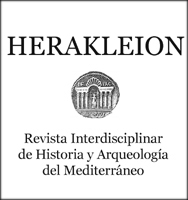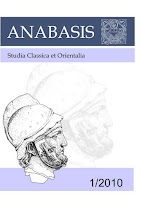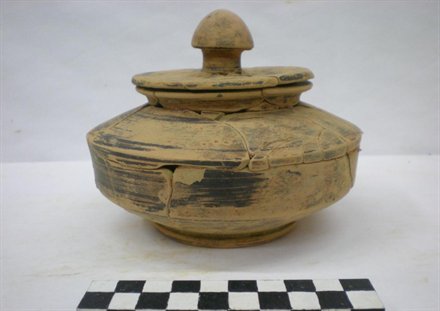[First posted in AWOL 14 September 2012, updated 31 October 2015]
Opuscula: Annual of the Swedish Institutes at Athens and Rome
Opuscula: Annual of the Swedish Institutes at Athens and Rome
Opuscula is published yearly by the Swedish Institutes at Athens and Rome. First issued in 2008 (no. 1), Opuscula replaces the annuals Opuscula Atheniensia and Opuscula Romana published by the Swedish Institute at Athens and the Swedish Institute in Rome respectively.
The annual contains articles within classical archaeology, ancient history, art, architecture and philology, as well as book reviews within these subjects. Reports of fieldwork carried out under the supervision of the Institutes at Athens and Rome are regularly reported on in the Opuscula.
The annual welcomes contributions pertaining to the ancient Mediterranean world (prehistory to Late Antiquity) and the Classical tradition and drawing on archaeological, historical and philological studies; also, contributions dealing with later periods in the areas, especially in the fields of art, architecture, history and cultural heritage.
Opuscula is a refereed periodical, available in print and with Open Access six months after publication.
Opuscula 7 | 2014
Annual of the Swedish Institutes at Athens and Rome, 257 pages, 2014, Opuscula no. 7.Free pdf availableSEK 742Opuscula 6 | 2013
Annual of the Swedish Institutes at Athens and Rome, 358 pages, 2013, Opuscula no. 6.Free pdf availableSEK 742Opuscula 5 | 2012
Annual of the Swedish Institutes at Athens and Rome, 204 pages, 2012, Opuscula no. 5.Free pdf availableSEK 636Opuscula 4 | 2011
Annual of the Swedish Institutes at Athens and Rome, 173 pages, 2011, Opuscula.Free pdf availableSEK 636Opuscula 3 | 2010
Annual of the Swedish Institutes at Athens and Rome , 224 pages, 2010, Opuscula.Free pdf availableSEK 636Opuscula 2 | 2009
Annual of the Swedish Institutes at Athens and Rome , 232 pages, 2010, Opuscula no. 2.Free pdf availableSEK 800Opuscula 1 | 2008
Annual of the Swedish Institutes at Athens and Rome, 198 pages, 2008, Opuscula no. 2008.By Brita Alroth (ed.)
Free pdf availableSEK 800
See the full List of Open Access Journals in Ancient Studies
And see AWOL's list of
Open Access Publications: The Swedish Institute in Rome
And see AWOL's list of
Open Access Publications: The Swedish Institute in Rome




























